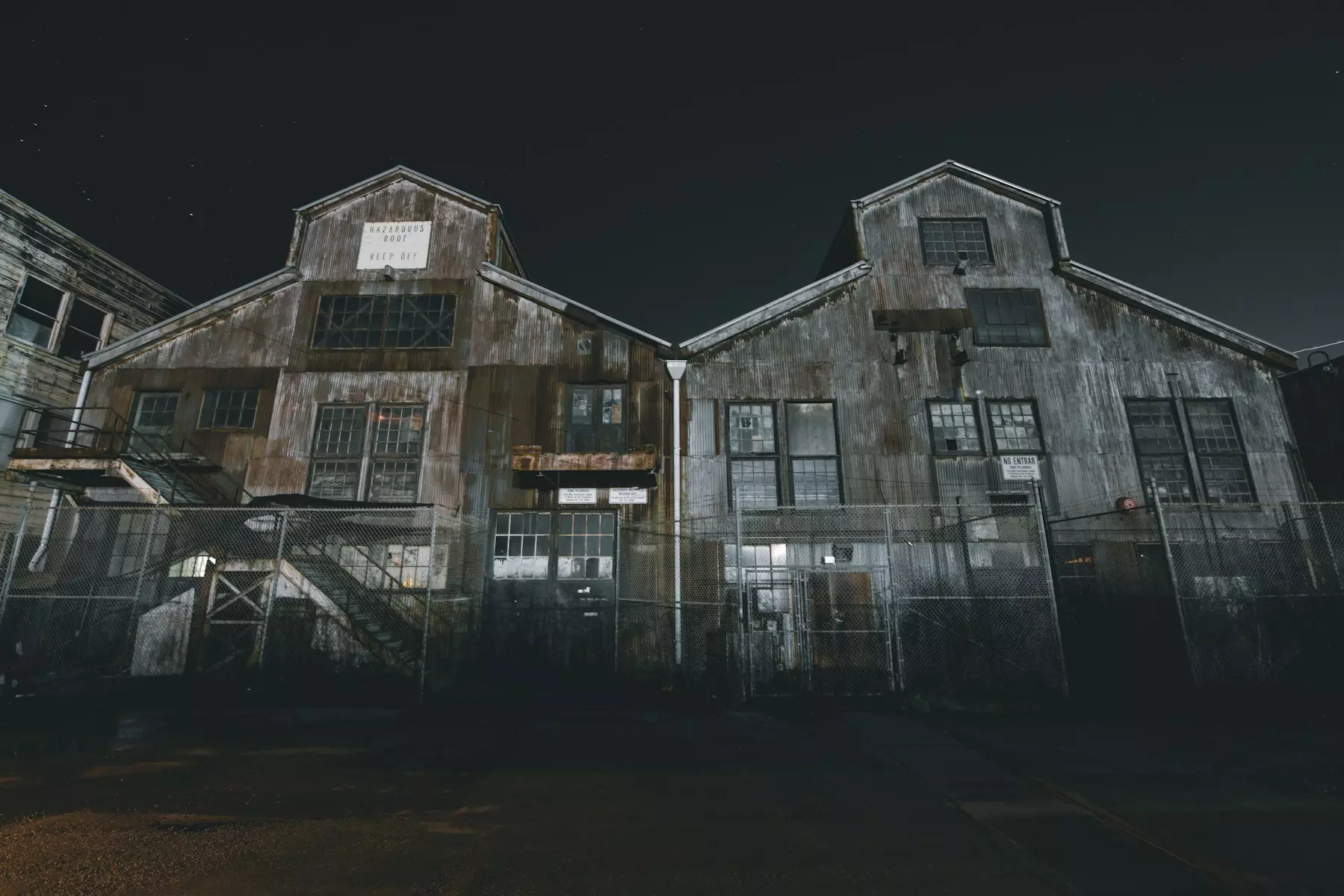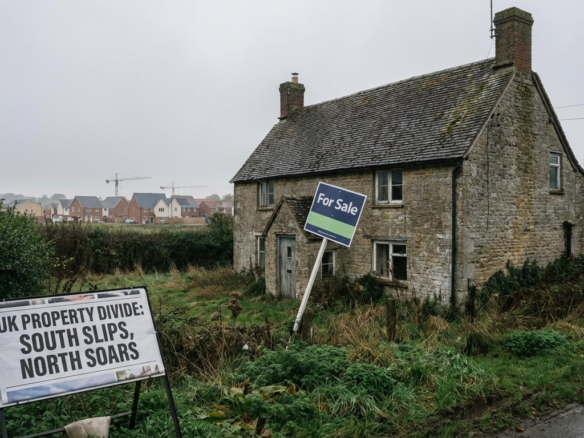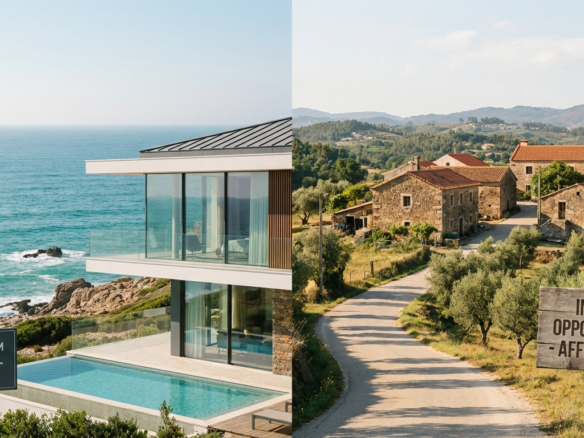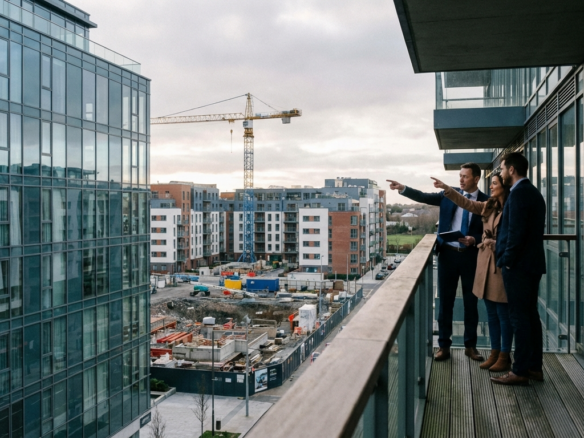Market Dynamics: A Stagnant Landscape
According to the latest data, European real estate is grappling with an array of challenges that have resulted in stagnant prices and declining investments. The report notes that property values have not only plateaued but have also begun to decline in various regions, signaling a lack of confidence among investors and buyers alike. The European Central Bank’s (ECB) monetary policy has played a significant role in this scenario, raising interest rates in an attempt to curb inflation, which has consequently made borrowing more expensive.Economic Pressures Taking Their Toll
The ongoing economic pressures, including rising operational costs and supply chain disruptions, have further accelerated the downturn in the real estate sector. Investors are increasingly cautious due to a confluence of factors such as high inflation, escalating costs of materials, and geopolitical instability stemming from the Russia-Ukraine conflict. As a result, transaction volumes have dropped significantly, with many investors choosing to hold onto their assets instead of making new purchases.Rental Markets Under Strain
The rental market is also showing signs of strain. As tenants face rising costs, demand for rental properties has shifted. The report indicates that potential renters are opting for more affordable options, thereby creating a ripple effect throughout the market. This trend has led to increased vacancy rates in higher-end properties, as even luxury apartments are struggling to attract tenants in an environment of financial uncertainty.Investor Sentiment: A Cautious Outlook
Investor sentiment in the European real estate market is cautiously pessimistic. Many are waiting for clearer signals of recovery before making significant investments. The struggle to find lucrative opportunities is exacerbated by the ever-changing regulatory landscape, with new policies aimed at sustainability and energy efficiency adding layers of complexity to real estate investments.Quote from a market analyst poignantly captures this sentiment: “Investors are living in a state of anxiety, not knowing when—or if—recovery will come. It feels like a limbo.”Future Prospects: Will Recovery Be Achievable?
As we look towards the future, the outlook for European real estate remains hazy. Some analysts suggest that a slow and gradual recovery is possible, especially as the ECB’s interest rate hikes reach a plateau. However, this optimism is tempered by the understanding that significant structural changes within the economy are necessary for a more robust recovery.The need for adaptation in line with evolving consumer preferences—such as the increasing demand for remote-friendly living spaces and environmentally sustainable properties—will be crucial going forward.Conclusion: Navigating the Uncertainty
In conclusion, the European real estate market stands at a crossroads, caught between the pressures of economic reality and the hope for a future recovery. The challenges are formidable, but as economic conditions stabilize and adapt, opportunities may arise for both investors and renters. For now, however, the focus remains on navigating the uncertainty that has become a defining characteristic of the current real estate landscape.Get 50% OFF!
Subscribe to our newsletter and enjoy a 50% discount on all listing packages, no strings attached!






Join The Discussion